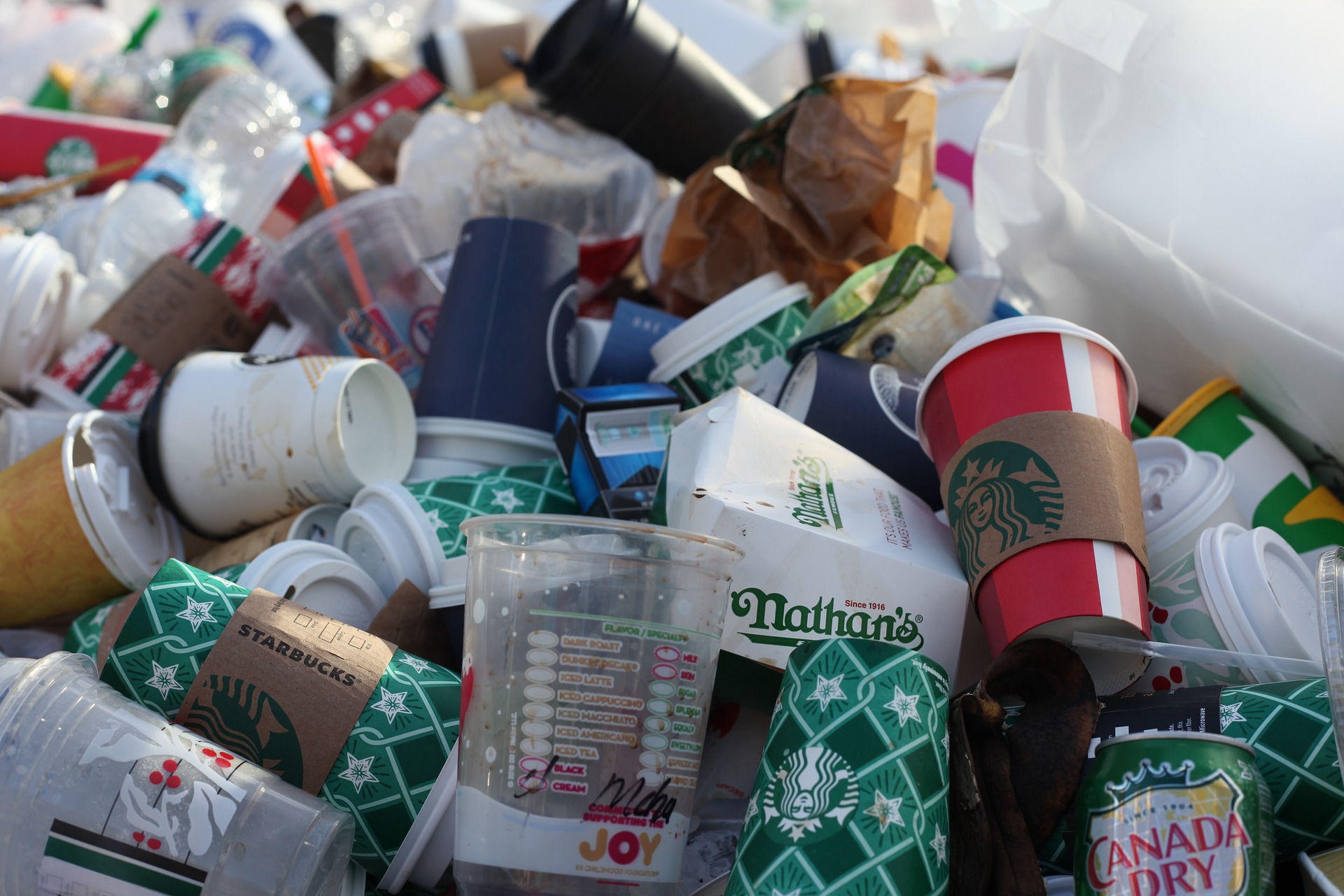It’s no secret that some of the country’s biggest food chains have come under fire in recent years for sloppy or misleading waste management. While countries like Germany and South Korea see about two-thirds of their waste ending up composted or recycled, Canada manages a dismal 24 per cent. This leaves an opportunity for restaurateurs to step up when it comes to managing waste.
Sort your Waste Properly
Unfortunately, when it comes to compostables and recyclables, one bad apple really can spoil the bunch. When your waste is cross-contaminated with mismanaged waste products, it can mean that the whole lot is unfit for proper disposal. That bin of otherwise perfectly sorted organic waste, when it includes plastics, fabric, or other unsuitable items, may be a write-off when it gets to the waste management plant. The same goes for recyclables contaminated with food waste, non-recyclable soft plastics (like stand-up resealable bags), or black plastic (which usually can’t be detected by recycling scanners).

In this photograph, recyclable and non-recyclable items are mixed. The can in the corner is recyclable, but the coffee cup above it is not. The sleeve can be removed and recycled. Depending on the municipality, the lid of the coffee cup may also be recycled. The banana peel, of course, should be in the compost. Plastic straws are not recyclable, and neither are juice pouches (middle-right).
Make your Waste Management Program Convenient
Have clearly-marked bins for each kind of waste. It gets all too easy in a busy kitchen for an item to drop into the wrong bin when it’s not clearly labelled. Divided bins that hold garbage, recycling, and organic waste may not be the best route either, since waste is easily sent into the wrong section. Move bins near to the areas where they’ll be needed, and set clear sorting standards for your team. Make it easy for proper disposal to become the norm.
Invest in Greener Packaging
Make it easier for yourself, your team, and your customers by making most or all of your packaging recyclable or compostable. Less need for sorting means less cross-contamination. But be careful — not all packaging that purports to be environmentally friendly is fit for your locality’s waste management systems. For example, bioplastics (such as those made from corn and straw) should always be composted and not recycled, but paper products actually biodegrade faster and can often be recycled or composted depending on local rules. Doing a little research will make your life easier (and greener) in the long run.
Go Back to the Source
Canada’s hospitality industry accounts for 9% of all food waste in Canada, and food processors and manufacturers account for a staggering 47% more. Since food waste is entirely compostable, we should see about 20 million tonnes of waste going to composting plants each year, but in fact, Canadian composting facilities only process about 2.6 millions tonnes a year from all sources. Even accounting for locally composted waste, there is a lot missing. This level of waste suggests a need for better inventory tracking and ordering to avoid waste in the first place. Think about the food that you regularly throw away, or those dishes that always come back half-eaten. Adjust menus and orders accordingly — you’ll get to save money and be an eco-hero at the same time.
Involve your Customers
If you rely on your customers to sort their own waste, remind them that you’re counting on them to do it right. Use tips and infographics beside waste bins to clarify your system and make sorting faster and easier for customers. Encourage dining in (on real plates, with real utensils), or bringing reusable cups, straws, and containers from home.
Source for statistics: OECD, Second Harvest, Statistics Canada

